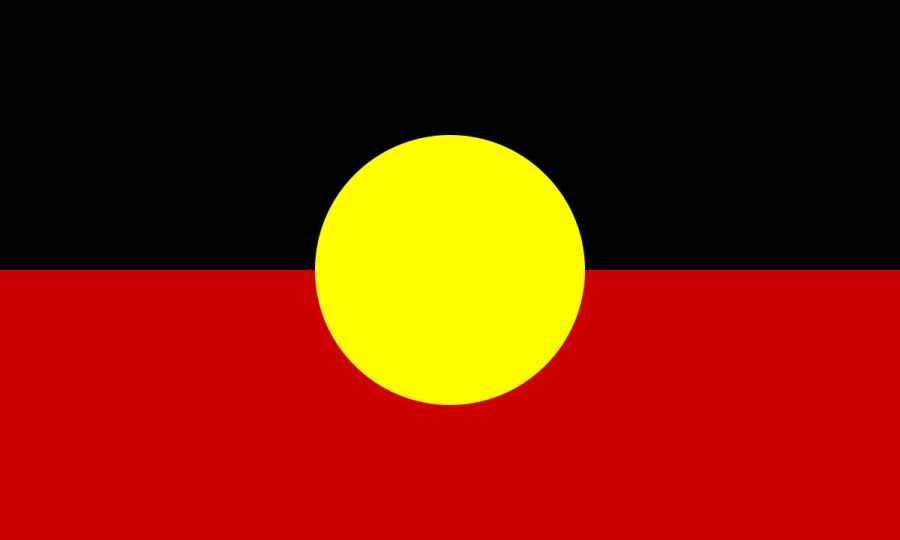To have your book be the centerpiece of an Aboriginal celebratory street march is quite an achievement. It is even more so for an Australian anthropologist, for the profession as a whole is held in disregard by the indigenous community. Australian Diane Bell, of George Washington University, is the exception to the rule, at least as the Ngarrindjeri of South Australia, are concerned. Professor Bell has created a monumental work in an ethnography titled Ngarrindjeri Wurruwarrin, one that her Aboriginal collaborators consider as being as close to the "truth" as one can get.
The subject is the controversial Hindmarsh Island Bridge saga: how a certain clique of Aboriginal women were deemed by a Royal Commission (national inquiry) to have fabricated a sacred site for the purpose of stopping the construction of a bridge on lands to which they had traditional attachments. The verdict sent shock waves through the Aboriginal community and through anthropological circles, setting back the cause of Aboriginal property rights and reconciliation for a generation. Professor Diane Bell's analysis of the Hindmarsh Island debate is both sensitive and illuminating. She takes the reader into a world that has been invisible to many "experts." She explores the distinctive and dynamic nature of Ngarrindjeri culture, the ways in which people think about social change, and disputed claims, and the centrality of religion to life for the Ngarrindjeri.
In Australia, an indigenous person who proffers information about a sacred site is almost certain to be branded a fraud, a money-hungry schemer, or not a genuine Aborigine. And as Professor Bell clearly states, as "frauds," the Ngarrindjeri are powerless to control the activities of developers on land to which they have traditional interests. The only avenue open to them is public protest and the revelation of sacred matters in appeals to national and state heritage laws -- a process fraught with difficulties.
It is difficult not to feel despair. Current sentiment among the general Australian public appears to be that the tide of history has washed away any real understanding of traditional law or observance of traditional customs by southern urban Aborigines like the Ngarrindjeri, and therefore, with it, their native title and other traditional rights. While in the 1970s, anthropologists took a pro-active stance in promoting Aboriginal rights, the resolution of the anomalous situation regarding Aboriginal property rights and the protection of sacred sites in Australia is no longer being advanced by the profession as a whole.
While this book is a step in the right direction in that it confronts the conservative attitudes of an ill-informed public, the powers that be perceive anthropologists like Bell not as objective analysts, but rather as activists advancing their own viewpoints. Politicians often favor the opinions of pioneers or social geographers with little experience within Aboriginal communities over and above those of trained anthropologists.
Diane Bell's immense volume, had it been published a few years earlier, might well have altered the outcome of the Royal Commission. But herein lies the problem. This lively and well-written text was completed in an adversarial situation after the fact. My principal criticism is that there is no immediate answer to the question of how anthropologists can complete such authoritative accounts under normal circumstances and simultaneously be effective advocates of the Aboriginal cause.
Article copyright Cultural Survival, Inc.

